Overview
This is the most demanding popular tour to Tibet where we start one of the most spectacular overland journey on the 920 km stretch of road, known as the Friendship highway between Kathmandu to Lhasa and fly back from there. The trip allows a number of detours to the highlights of the Tsang Province and the Lhasa City. The trip offers a spectacular insight into the life and culture of the friendly Tibetan people, from the ancient monasteries with chanting monks, to the tranquil shores of the Turquoise Lake Yamdrok Tso, to the Kumbum the most stunning architectural wonder of Tibet and to the city of wonders, Lhasa. This trip concludes with the breathtaking Trans-Himalayan flight from Lhasa back to Kathmandu.
This tour is designed for those who enjoy exploring the cultures of people following the pilgrim circuit around huge monasteries and glowing shrines.
Trip Highlight
- Mountain Range
- Culture and History
- Local People
Itinerary
If you are taking a flight from Kathmandu International Airport, we take a flight us to Gonggar airport. The flight is considered one of the most beautiful flights in the world that takes us over Everest (8848m) and Kanchenjunga (8536m). After immigration formalities we take a 1.5-hour drive along 93 km road leading to Lhasa lying at an altitude of 3650 meters. It’s advisable to rest and take it easy for the remainder of the day due to Lhasa’s altitude
This beautiful alpine lake, also known as Bagsum-tso and Basong-tso, is a long day’s drive from Lhasa and a worthly 41km detour off the Sichuan-Tibet Highway. Apart from the sheer beauty of the lake and its surrounding 6000m, plus peaks, the site has strong connections to Gesar of Ling, the semi mythical ruler of eastern Tibet, and Guru Rinpoche, the Indian sage, both of whom are said to have resided at the lake. Many pilgrimage sites are connected to the two.
Bayi is a large Han Chinese military town of minor interest, except perhaps as a base from which to visit the surrounding sights or restock your supplies. Bayi in Chinese means 1st August, the founding date of the PLA. It is 125 km from Bagsum-Tso.
Formerly known as Tramo, this small country capital has well-stocked shops and several hotels and restaurants, making it a logical place to spend the night. In clear weather the surrounding scenery is stupendous.
Pasho (Chinese: Bashe), formerly known as pema (Baima), is a pleasant town that makes for a good overnight stop. We explore around Pasho, visit Neru Monastery & Dola Monastery.
Markham, traditionally known as Garthog Dozong, is where the Vigilant PSB commonly catches permitless hitchhikers from Sichuan and Yunnan. At Markham the road splits. The southern branch runs 112km over a pass to Yanjing (salt well) and the border with Yunnan, continuing on the Seqin. Yanjing used to be Tibet’s major source of salt, once an essential commodity in these parts.
Surrounded by snowcapped peaks and resting on open grassland, Litang is a pleasant and friendly place to hang out for a couple of days. A horse-racing festival from 1st to 7th August sees the town swells with Tibetan visitors.
The noisy market town of Ganzi (also spelled Kandze and Garze) sits in a valley at 3400m, surrounded by the sleeping giants of the Trola (Chola) range, and is a natural place to break the Trip. The gorgeous surrounding countryside is peppered with Tibetan villages and resurgent monasteries.
The road winds through deep gorges and pretty Tibetan villages before ascending to the wild and craggy scenery of the 4916m Tro-la in the east of Derge. From the pass, the road descends to the crossroads of Manigango. Yilhun La-tso, a stunning, holy alpine lake bordered by chortens and dozens of rock carvings is about 13 km before reaching Manigango. The lake is backed by the huge glaciers of 6018m Trola peak and it is possible to walk an hour or two up the left side of the lakeshore for glacier views.
Resting in a valley between the Tibetan border and the Trola (Chola) range to the east, Derge forms the cultural heartland of Kham. While the Chinese influence is evident and growing rapidly in the town, the old town and surrounding villages are very much Tibetan. There are many historically important monasteries in the valleys south of Derge, namely at pelpung (chinese: Babang), Dzongsar, pewar (Baiya), Kathok and pelyul (Baiyu).
Chamdo (literally river confluence); chinese: Changdu), located at the strategic river junction of the Aza-chu and the Ngon-chu, is a surprisingly pleasant town. It is dominated by the hilltop Jampaling Monastery, below which huddle the Tibetan old town and the Chinese new town. Over 1000km from Lhasa and 1250km from Chengdu, the town is the major transport, administrative and trade centre of the Kham region. Chamdo has had a troubled relationship with nearby China. The Chinese warlord Ahao Erfeng captured Chamdo in 1909 and ruled the region until the Tibetans recaptured in 1917. Chamdo fell to Communist troops in 1905.
Tengchen (Chinese: Dingqing) is an unremarkable but reasonably pleasant two-street town. It is possible to make calls at the town’s telecom office. Both Tengchen and the surrounding region of Khyungpo are strong centers of the Bon religion. The main reason to stop here is to visit Tengchen Monastery, on a hillside 4km west of town. This interesting Bon monastery is actually made up of two separate institutions.
We take a flight from Chamdo to Lhasa. Arriving upon Lhasa, we can go sightseeing around the nearby places.
Today we will be engrossed with sightseeing and excursion of the Potala Palace (A great museum with its proportions and priceless treasures) Jokhang Temple (the holiest of Tibetan shrines, houses two images of the Buddha brought as dowry by Songtsen Gampo’s Nepali and Chinese queens) along the bustling street of Barkhor Market. In Lhasa, we will also visit Norbu Lingka (the summer palace of the Dalai Lamas), Drepung and Sera Monasteries. Equally adventurous and exciting tempo builds up while touring NORBULINGKA, the summer palace of the Dalai Lama. JOKHANG TEMPLE is another important sacred site which unravels more deep seated mysteries of Tibetan Buddhism. Visit to BARKHOR MARKETS can be quite a change from other visits as we roam around the city savoring every tiny detail from stall hawkers coaxing their clients to purchase their goods to exhibition of Tibetan culture, custom and tradition. Eventually, the tour ends here and we head to the hotel for our final dinner together.
We take a last memorable look at the Potala Palace before being transported to airport for the flight back to onward destinations.
Cost Include
- All airport/hotel pick up and drop in private car/van
- 3 Nights in Kathmandu/Alpine Hotel, including breakfast
- 11 Nights stay in Lodge/Guest House during trek.
- An experienced English speaking Trekking Guide and a Porter during trek.
- Salary, food, insurance and lodging cost for guide and porter
- Breakfast only during the Tibet Tour.
- Welcome Dinner and Breakfasts while in Kathmandu.
- Necessary Permit for Tibet.
- Necessary Entrance fees/ Monasteries Fees
- Private Car with Driver , including his expenses .
- ACH Kitbag and T- shirt for you
Cost Exclude
- Nepal entry visa fees.
- International airfare and departure tax.
- Bar bills, laundry and other expenses of personal nature.
- Travel insurance including evacuation.
- 1 Lunch in Kathmandu
- Tips for local staffs, guides and porters.
FAQs
Your safety is of paramount importance to us at Alpine Club of Himalaya. We have the absolute authority to cancel the trip or change the itinerary, when deemed necessary or when we have reason to believe your safety is at stake. Weather conditions, the health condition of a group member, natural disasters, and such, can contribute to changes in the itinerary when traveling in remote mountainous regions. In these extreme situations, we kindly request that you offer your full co-operation to the trusted leader of the group appointed by Alpine Club of Himalaya. However, we assure you that we will make every effort to keep to the above itinerary.









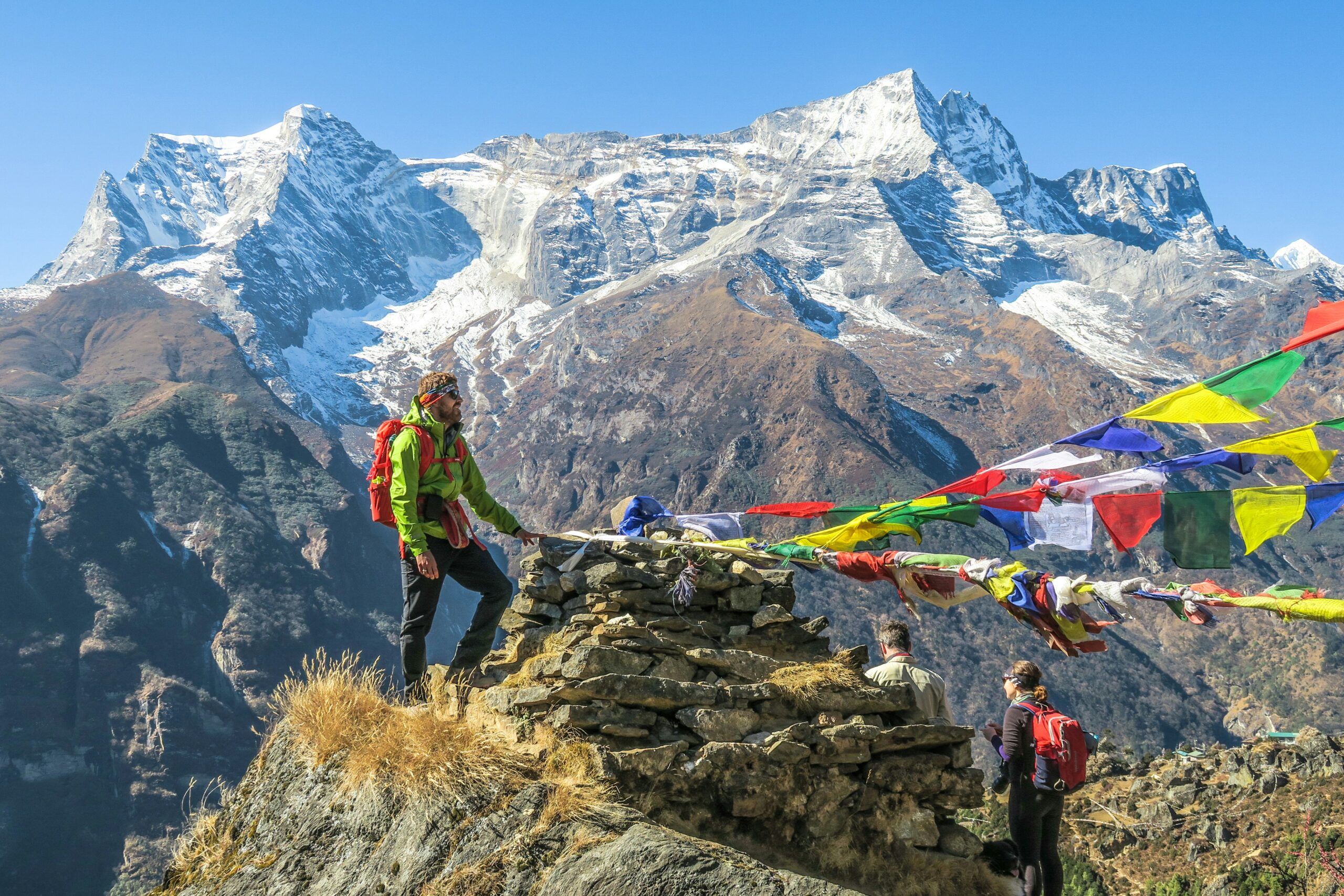
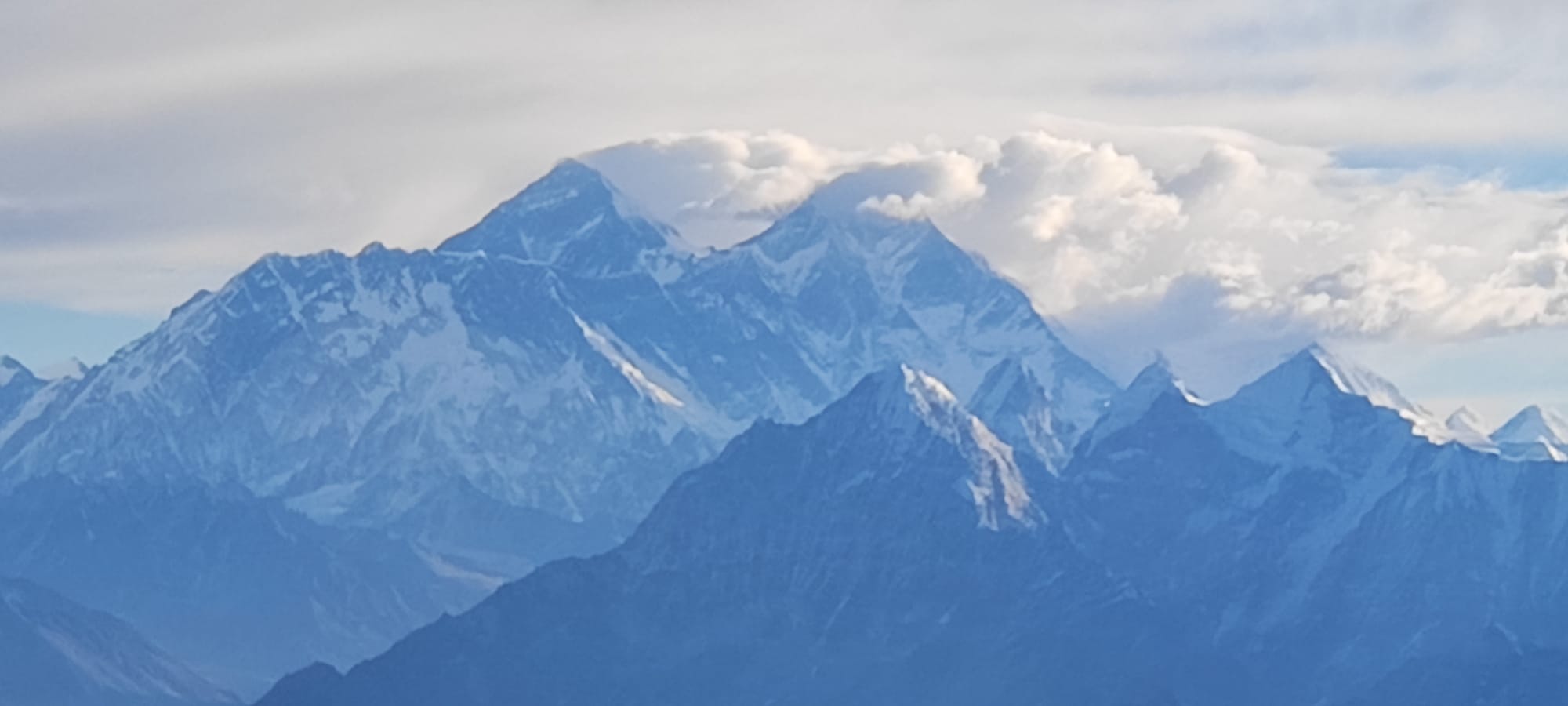

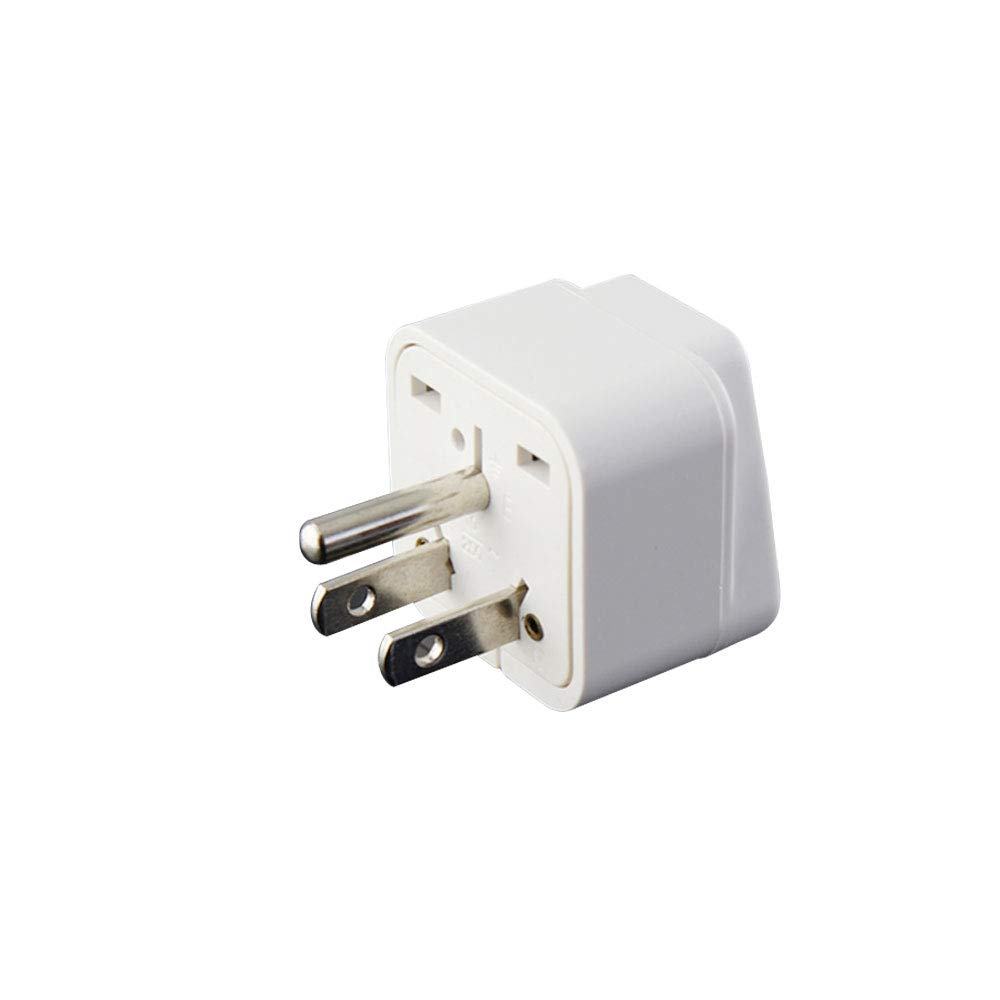
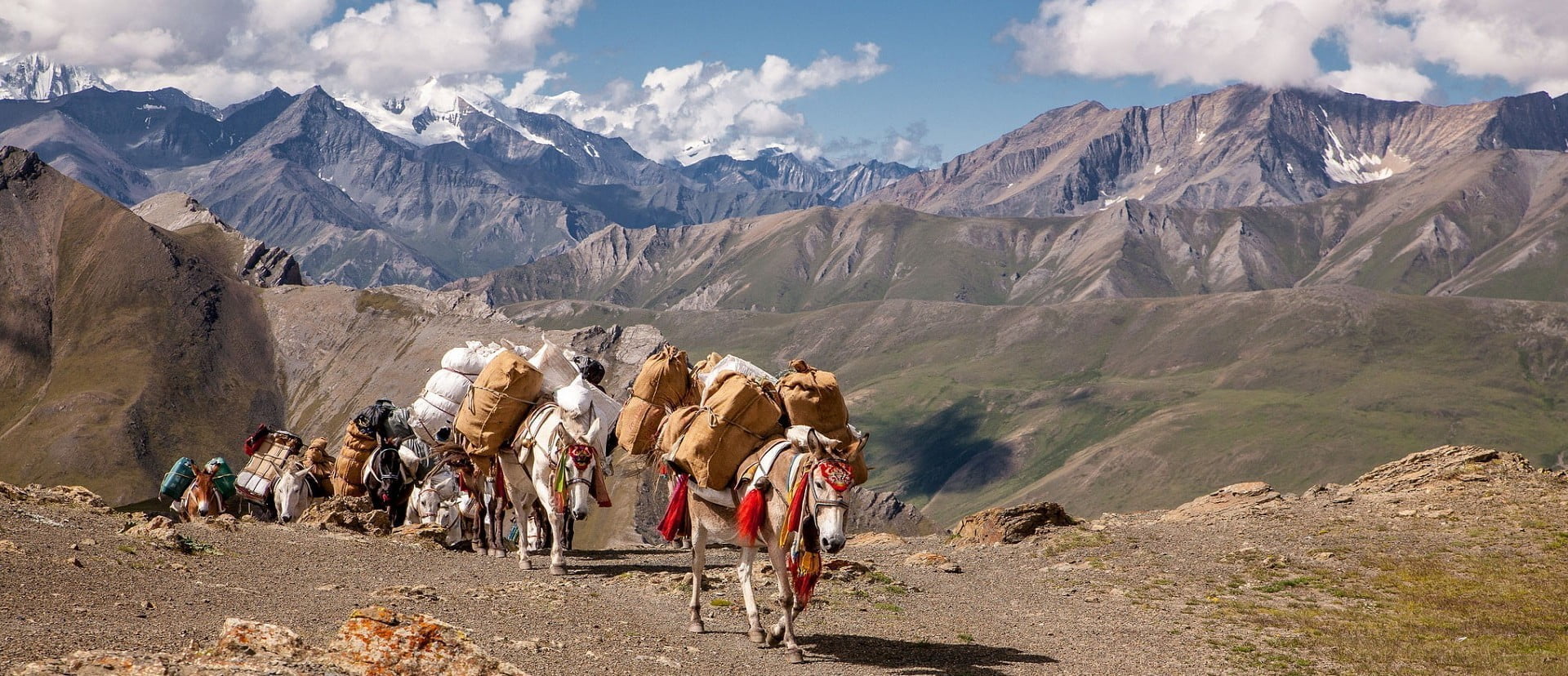
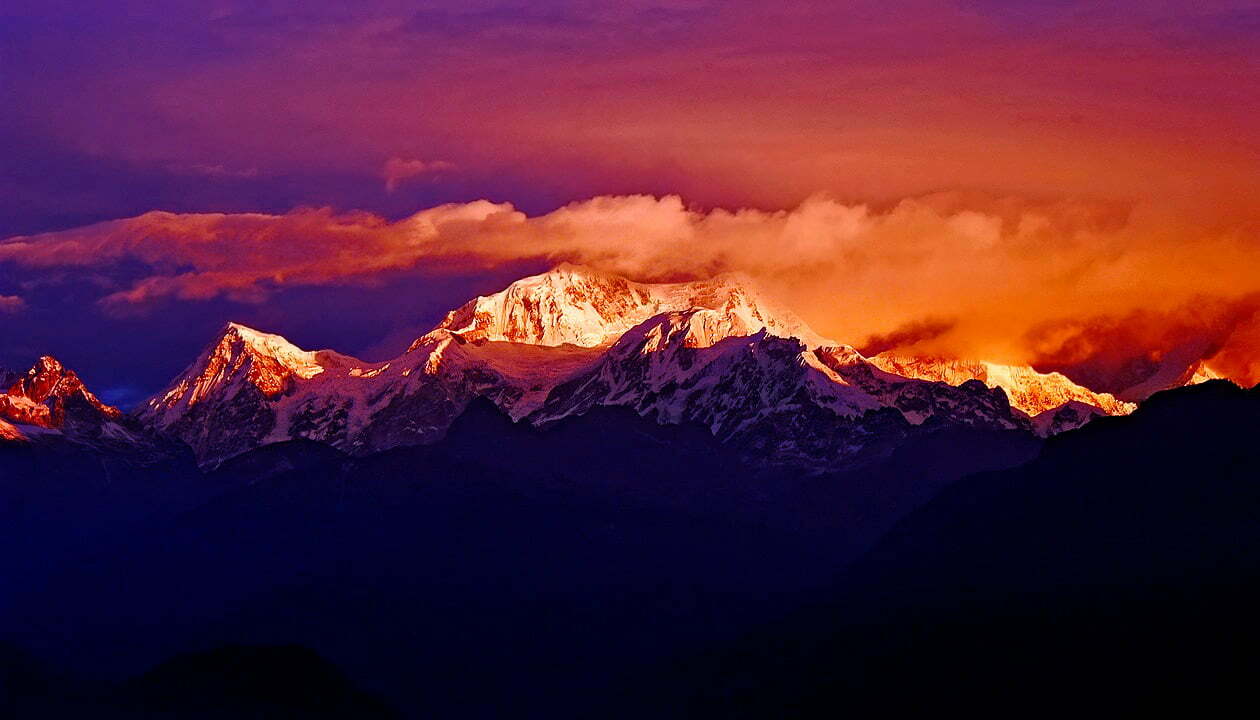
Write a Review